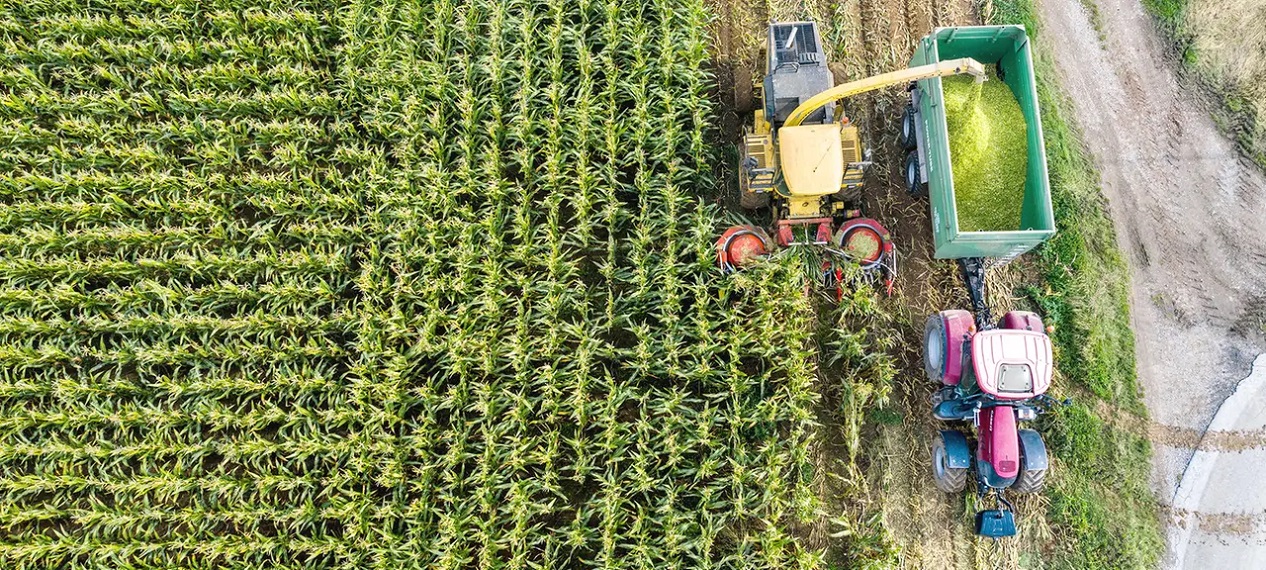How the EU Supports Agriculture
Criticism of “Brussels” comes easily to the lips of many farmers, despite agricultural subsidies accounting for almost one-third of the EU budget. Where the money goes and how it is distributed based on certain criteria.
Europe’s farmers benefit from enormous subsidies: Nearly one-third of the multi-year EU budget is allocated to agriculture, totaling €387 billion over seven years. This is the second-largest item in the community budget, with Germany receiving €6 billion per year. The majority of funds are provided as direct payments to farmers. The amount is determined based on the size of their farms, as well as through the recent EU agricultural reform, and is hardly subject to conditions. Larger farms, which often fare better than the average, receive more.
German farmers do not receive the money directly from Brussels. Instead, the federal government determines the area subsidies, which are then disbursed by the payment agencies of the federal states. Last year, an average of €156 per hectare was paid out. In addition, there are special payments for small farms or young farmers, as well as coupled premiums for suckler cows, sheep, and goats.
It’s not just farmers who receive money
Because food prices in Germany are lower compared to the EU average, farmers rely on direct payments to secure their incomes. But insurance companies, energy corporations, real estate companies, and furniture stores also benefit from area subsidies if they own and manage arable land. One-quarter of this funding is reserved for environmental programs. Participation is voluntary, and each member state sets its own conditions.
In Germany, for example, farmers can receive additional money by creating flowering areas and grass strips or by refraining from using pesticides. However, nearly 40% of the budget for these so-called eco-rules was not utilized last year, and the German government redirected the corresponding funds into existing measures.
Large countries receive the most money
Since the majority of funds are allocated according to existing agricultural land, the larger EU member states receive the most money from the agricultural pot. France is at the forefront, followed by Spain, Germany, Italy, and Poland. However, this does not indicate the amount of subsidies per hectare or per farm, as these depend on the farm structure and the subsidy policies of each respective country. Regarding support provided per hectare, Malta, Cyprus, and Greece come out on top.
Romania has the highest number of agricultural workers in the EU, with a total of 9.5 million people employed in this sector. The share of the agricultural sector in gross domestic product was 1.3% in 2020. Area subsidies were introduced in the community in the early 1990s. Prior to that, Europe’s farmers received compensation payments due to high costs that prevented them from competing in the world market. However, these state-guaranteed prices resulted in overproduction, leading to infamous milk lakes and butter mountains.
Compatible with the Green Deal?
According to critics, the requirements of the Green Deal, the planned sustainable transformation of Europe’s economy and society, are not reflected in the common agricultural policy. The goals of achieving climate neutrality, significantly reducing the use of pesticides, and preserving biodiversity and landscapes are not embedded in the agricultural reform. Agriculture is responsible for one-tenth of the EU’s greenhouse gas emissions.












